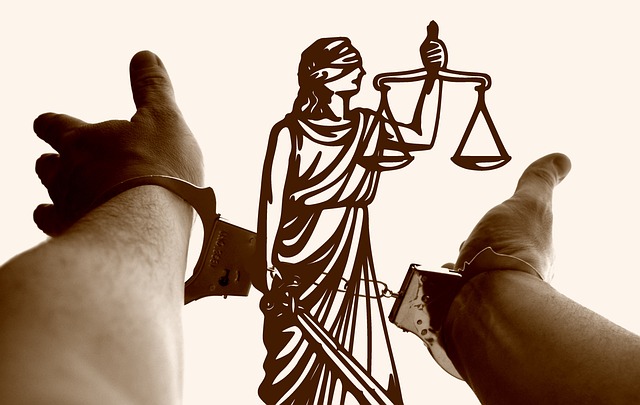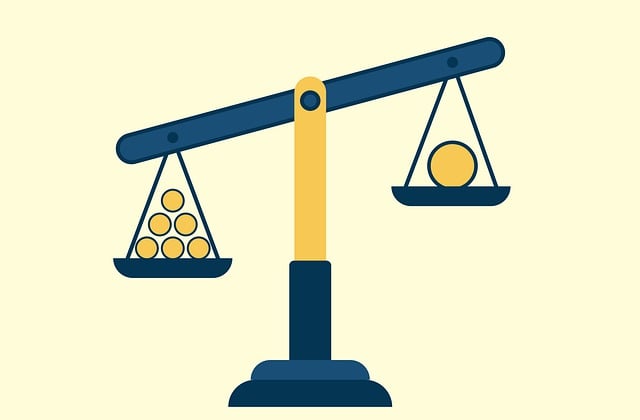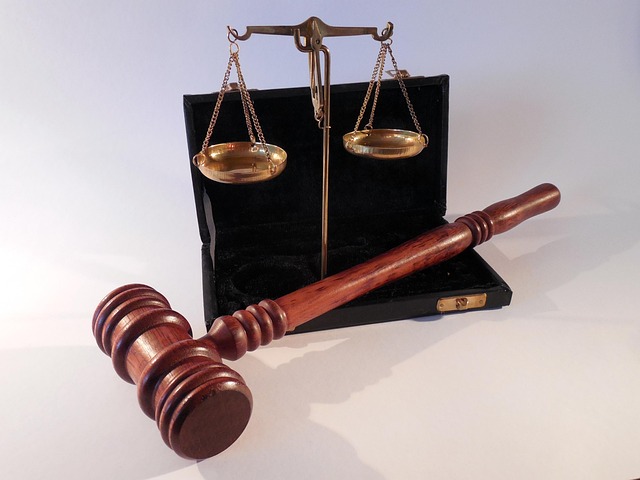Securities Class Actions protect investors from fraudulent practices by companies through robust legal mechanisms. These actions require substantial evidence, similar to criminal trials (Examples of Evidence in Criminal Trials), such as financial records, internal communications, and expert opinions, to prove misconduct. Notable cases like In re Enron Corp. and SEC v. Reinstein showcase the power of evidence in holding corporations accountable. Expert analysis aids in interpreting complex data, while clear, convincing evidence is crucial for positive jury trials and justice for misled investors.
Securities class actions are a powerful legal tool for investors harmed by corporate misconduct. This article explores the intricate world of these complex lawsuits, offering insights into their fundamental framework and successful strategies. We delve into key elements, notable cases, and the pivotal role of evidence—drawing parallels with examples from criminal trials—to demonstrate how misrepresentation can be proven. Understanding these aspects is crucial for both legal professionals and investors navigating this landscape to seek justice and redress.
- Understanding Securities Class Actions: A Legal Framework
- Key Elements of Successful Class Action Lawsuits
- Examples: Notable Securities Class Action Cases
- The Role of Evidence in Proving Misrepresentation
Understanding Securities Class Actions: A Legal Framework

Securities Class Actions involve a group of investors suing a company or its officials for violations of securities laws. This legal framework is designed to protect investors from fraudulent or misleading practices in the sale and trade of securities. When a company misrepresents material facts about its operations, financial health, or future prospects, it can lead to significant losses for investors. In such cases, class action lawsuits are a powerful tool to seek justice and compensation for affected parties.
Understanding the legal framework behind these actions is crucial, especially when considering the potential impact on high-stakes cases. The process involves gathering substantial evidence, akin to examples used in criminal trials, to prove misconduct. This may include financial records, internal communications, and expert opinions. The goal is to demonstrate that the respective business or its representatives acted with negligence or intent to deceive corporate and individual clients. Such actions not only seek financial restitution but also serve as a deterrent, ensuring companies adhere to stringent regulatory standards in their dealings with investors.
Key Elements of Successful Class Action Lawsuits

Successful securities class action lawsuits hinge on several key elements. First and foremost, robust and compelling evidence is paramount. Similar to criminal trials where examples of evidence play a pivotal role in proving guilt or innocence, civil cases like these rely on thorough documentation to demonstrate wrongdoing. This includes financial records, internal communications, regulatory filings, expert opinions, and witness testimonies that collectively paint a clear picture of the respective business’s misdeeds.
Achieving extraordinary results often hinges on meticulous legal strategies tailored to each case. For his clients, this means leveraging strong leadership, in-depth industry knowledge, and innovative approaches to uncover hidden truths. By strategically employing these tactics, lawyers can ensure that the evidence presented not only meets but exceeds the legal standards required to win cases and secure significant compensation for affected investors.
Examples: Notable Securities Class Action Cases

Notable Securities Class Action Cases serve as powerful examples of how these legal actions can hold corporations and individuals accountable for fraudulent activities. One such case is In re Enron Corp. Sec. Litig., where investors brought a class action against Enron and its executives for accounting fraud. The evidence presented during the trial included financial records, internal communications, and expert testimony, ultimately leading to one of the largest settlements in US history.
Another notable example is Sec. and Exch. Comm’n v. Walter J. Reinstein, a case involving white-collar and economic crimes. Here, the SEC used various forms of evidence, including e-mails, bank records, and witness testimonies, to demonstrate fraudulent activities. This case highlights how comprehensive investigations and the gathering of robust evidence can lead to significant outcomes for his clients facing securities charges at any stage of the investigative and enforcement process.
The Role of Evidence in Proving Misrepresentation

In securities class action lawsuits, the role of evidence is paramount to proving misrepresentation and fraud. Similar to examples of evidence in criminal trials, crucial pieces of information are gathered through meticulous documentation, expert analysis, and witness testimonies. For instance, emails, financial reports, and internal communications can serve as compelling evidence revealing false statements or omissions made by companies or individuals involved. These documents often form the backbone of a case, helping plaintiffs demonstrate that misrepresentations were made with intent or recklessness, which is essential for success in these lawsuits.
Moreover, in the context of white-collar defense and general criminal defense strategies, experts play a significant role in interpreting complex financial data and providing insights into industry standards. This expert testimony, when combined with strong evidentiary support, can either exonerate defendants or strengthen plaintiffs’ arguments. The presentation of clear and convincing evidence is critical to securing positive jury trials in securities class action cases, ensuring that justice is served and investors receive the compensation they deserve for suffered losses due to misrepresentation.
Securities class actions play a vital role in holding corporations accountable for fraudulent practices, ensuring justice for investors. By understanding the legal framework and key elements required, plaintiffs can navigate the complex landscape of class action lawsuits. The presentation of compelling evidence, drawing parallels with Examples of Evidence in criminal trials, is crucial to proving misrepresentation and securing favorable outcomes. Through notable cases and a meticulous review of evidence, investors have successfully reclaimed losses, setting precedents for future cases and fostering a more transparent corporate environment.






